
Mark Peiser
American artist Mark Peiser (1938– ) studied electrical engineering at Purdue University before earning his BS in design from the Illinois Institute of Technology in 1961. Following an early career in industrial design, he studied piano and composition at DePaul University, beginning in 1965. In 1967, Peiser started studying glass at the Penland School of Craft. He became the school’s first resident craftsman in glass that same year and then settled at Penland, building his home and personal studio near the school. Peiser is one of the founders of the Glass Art Society and is known for his innovative exploration of the properties of glass, including formulating new base glasses and colors for his various series of works.
Works
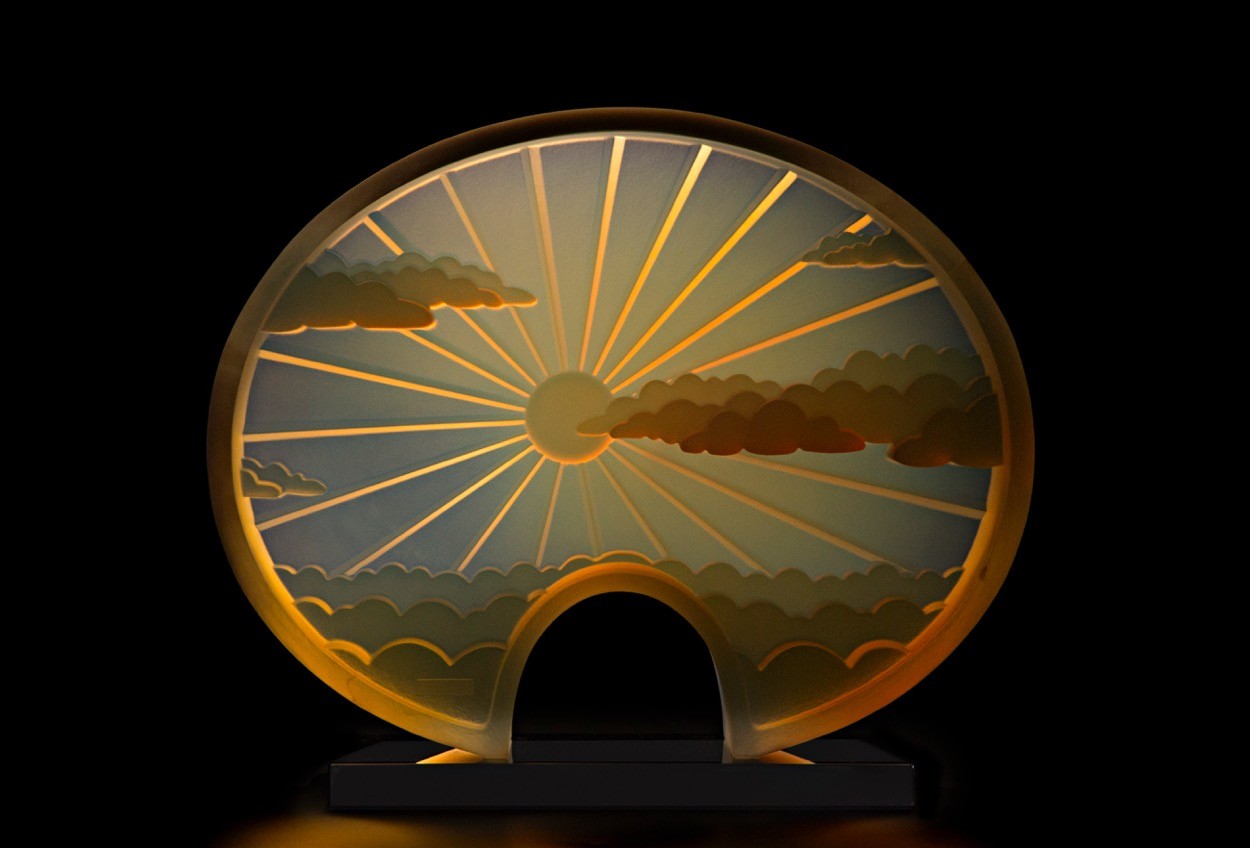
Passage II, 2016. Hot cast phase separated glass, acid finished. H: 21.688 in, W: 27 in, D: 8.625 in. Image courtesy of Mark Peiser.
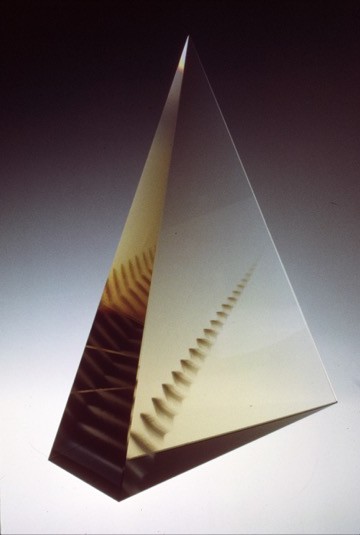
Pyramid from the Inner Space Series 288, 1985. Compound cast glass, cut and polished. H: 12 in, W: 10.25 in, D: 3.25 in. Image courtesy of Mark Peiser.
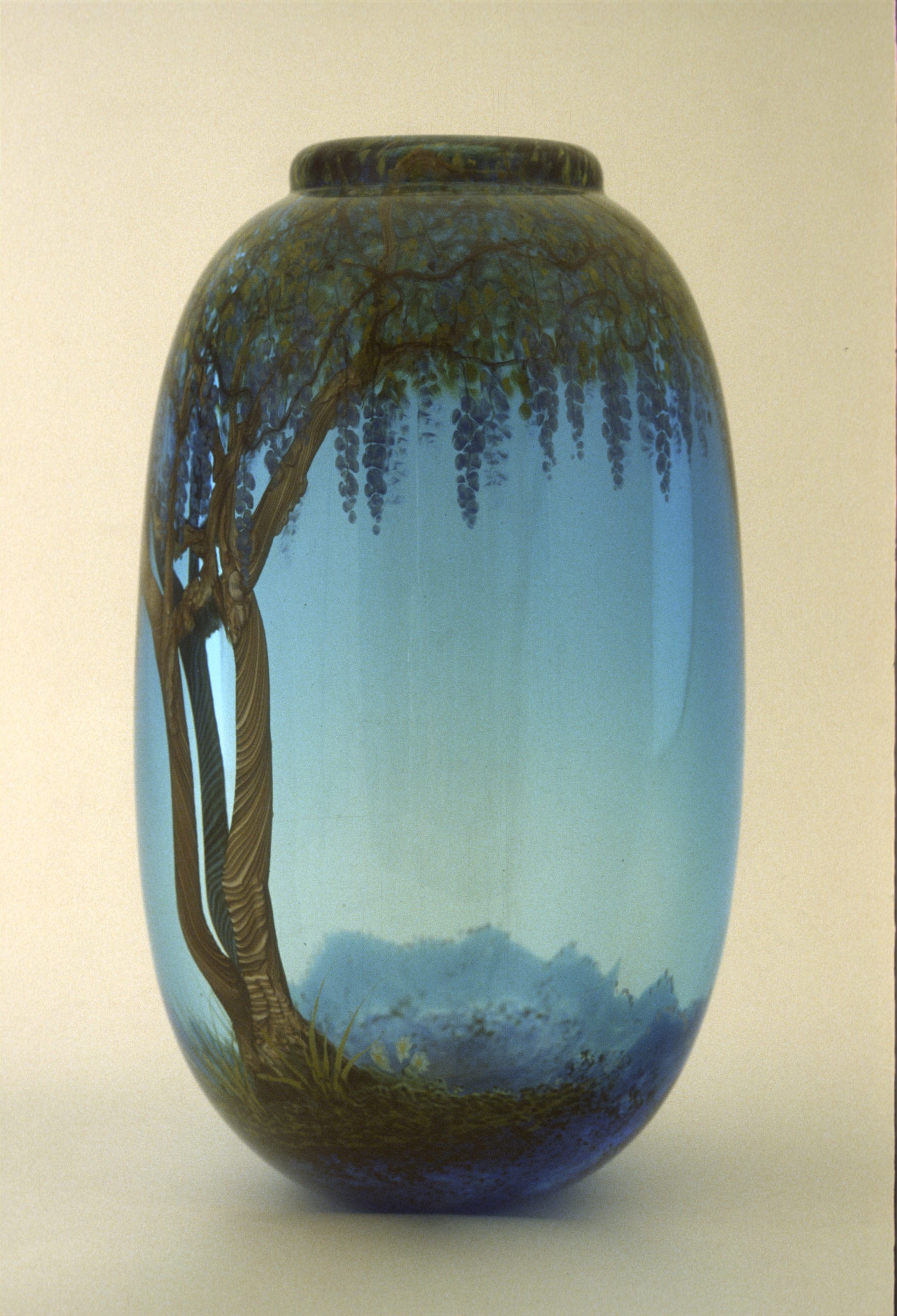
Lovers Leap, Paperweight Vase 253, 1980. Multilayered blown glass, torchworked imagery. H: 8.625 in, W: 5.062 in, D: 5.062 in. Image courtesy of Mark Peiser.
Media



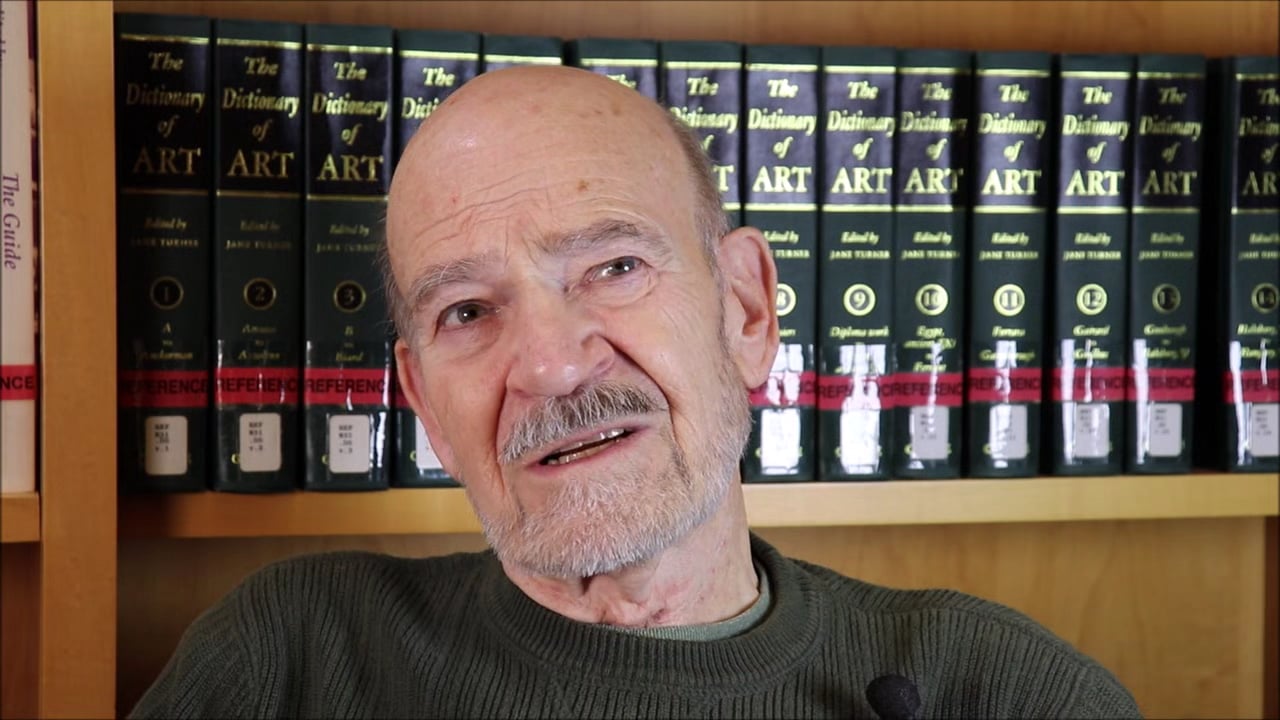
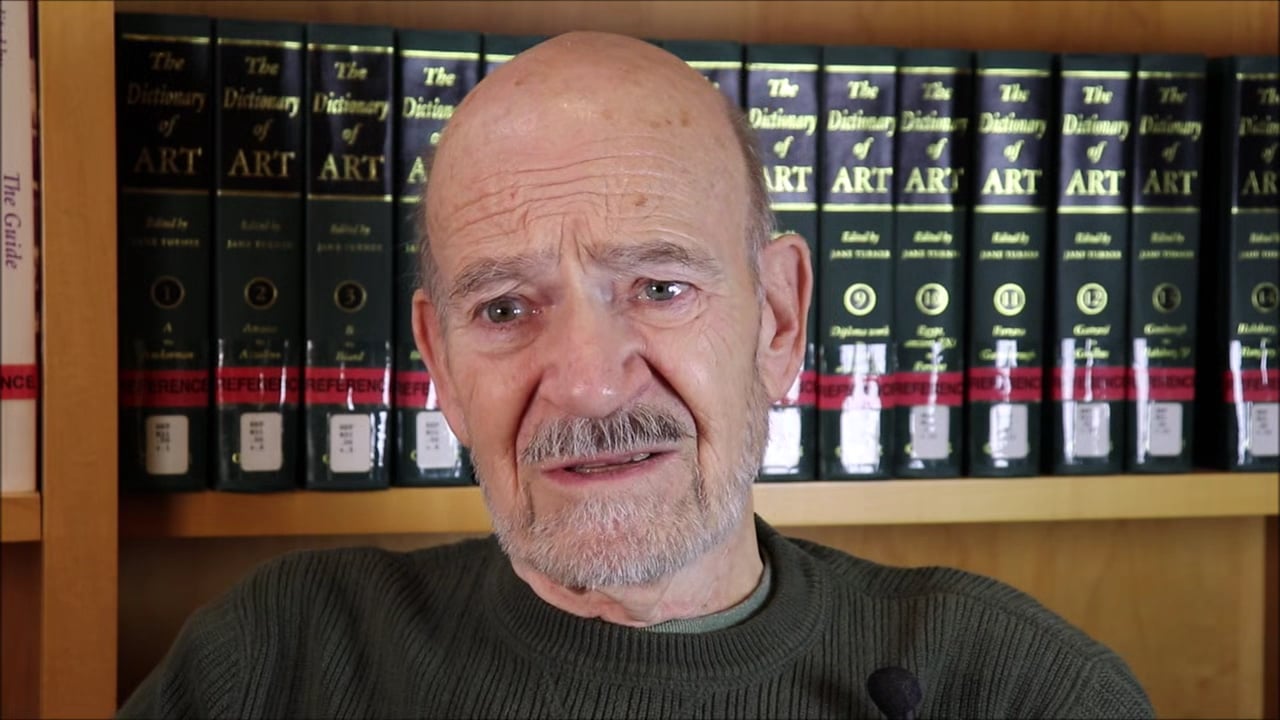
Mark Peiser talks about working with students to demystify the process of formulating glass.
0:54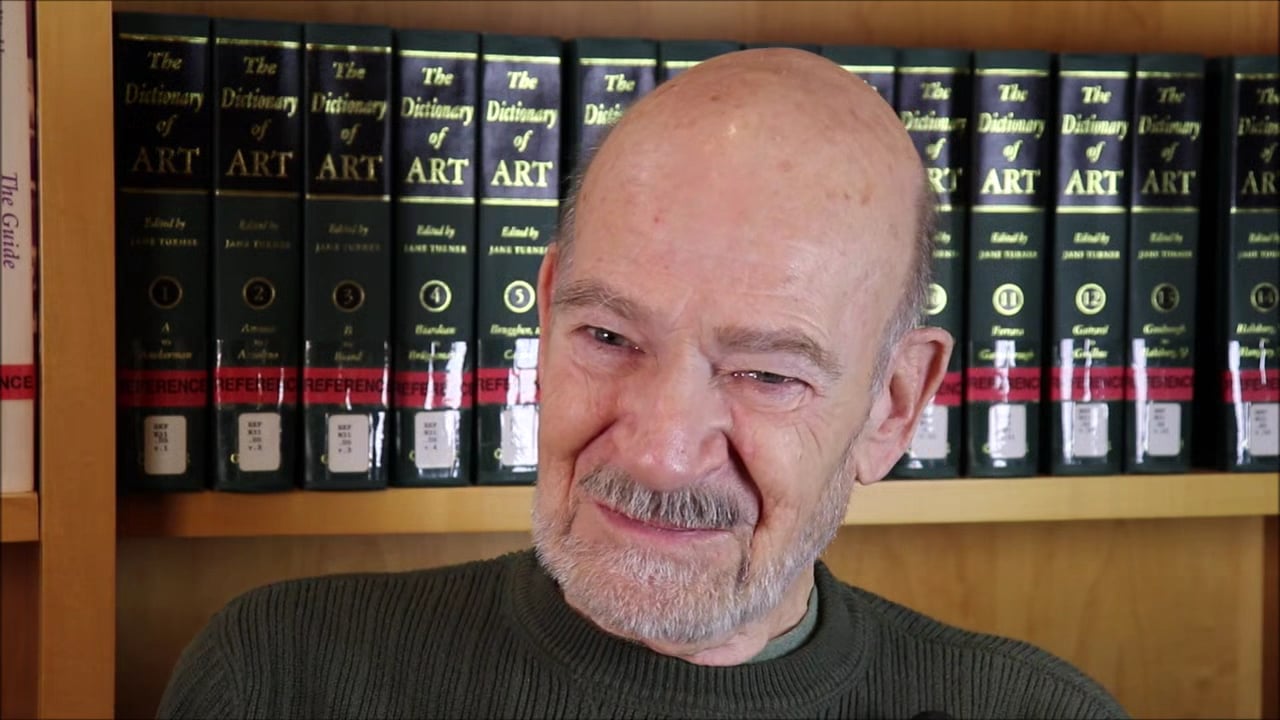
Mark Peiser talks about his pieces having animism.
1:58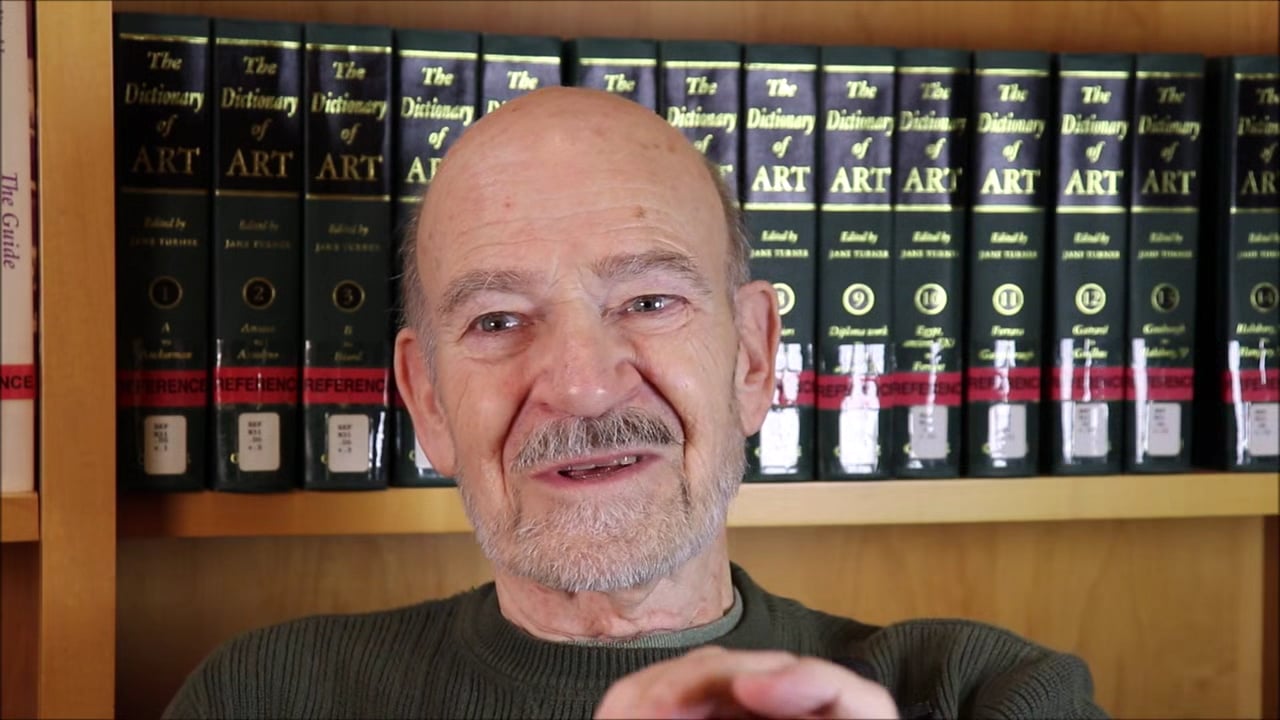
Mark Peiser talks about his interest in flameworking and his suggestion that Paul Stankard come to Penland to give his workshop.
03:03 Transcript

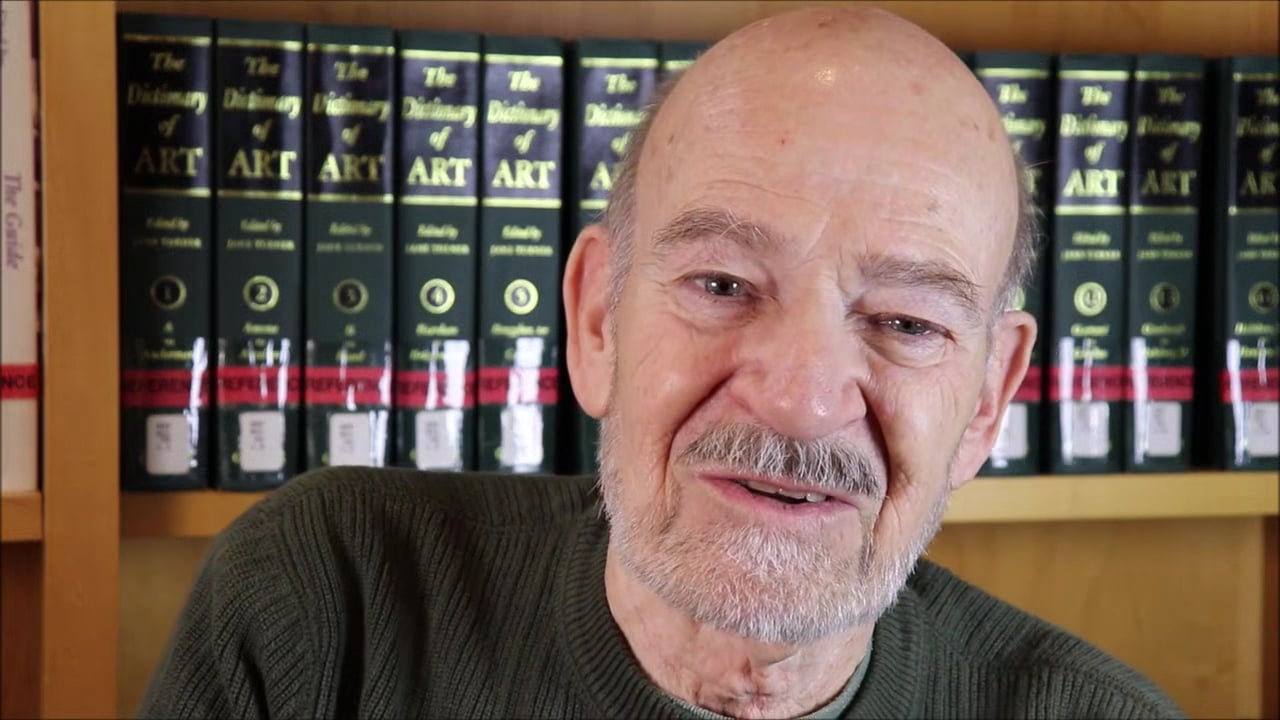
Mark Peiser talks about the early studio movement, glass marbles, and teaching himself to blow glass.
1:08 Transcript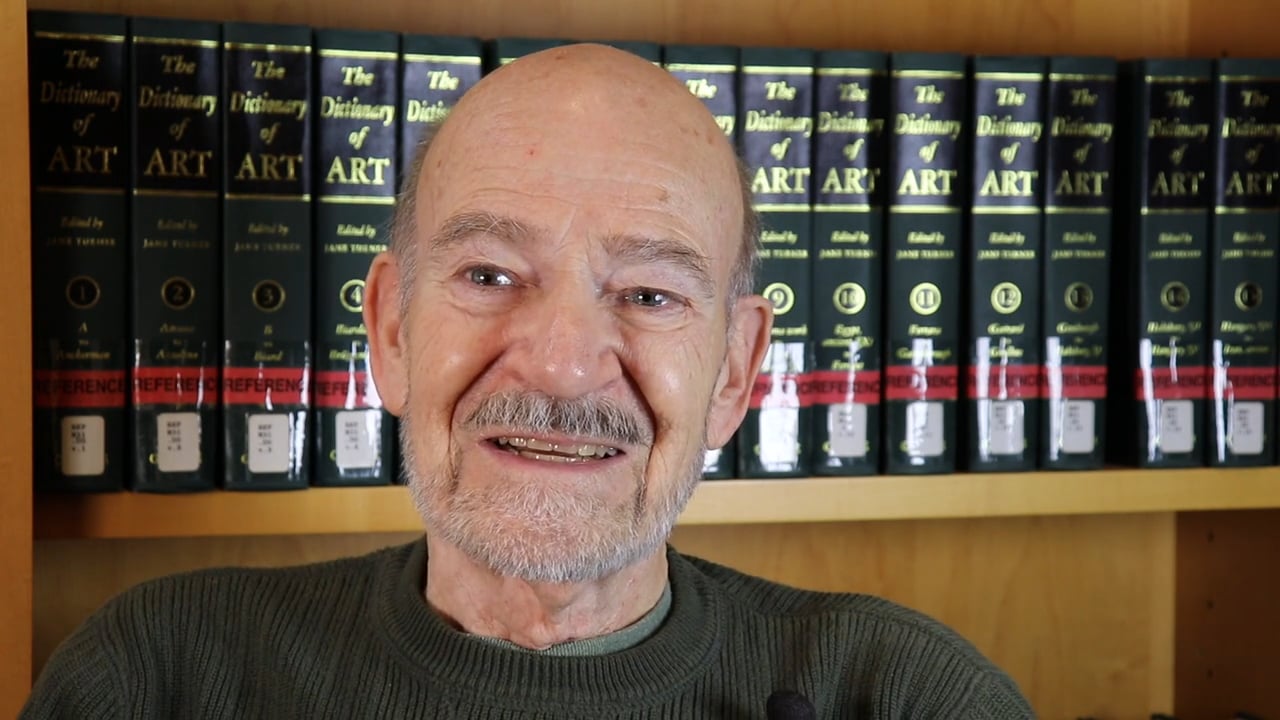
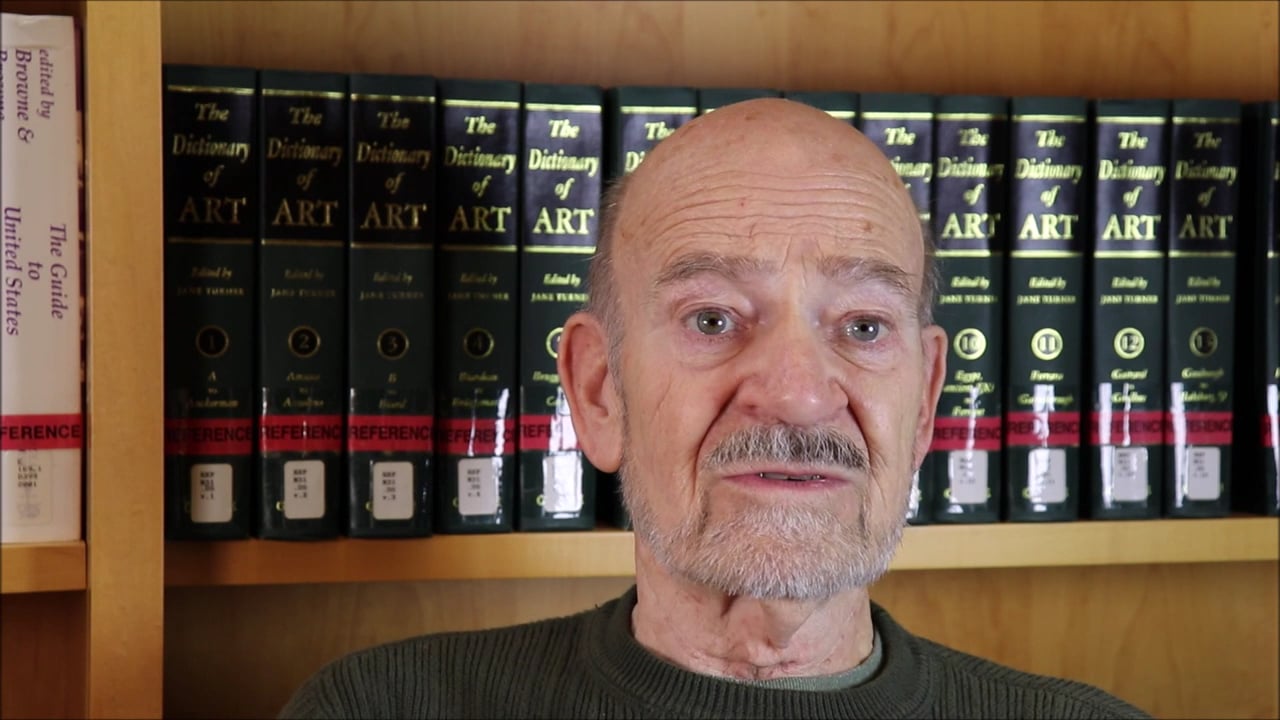
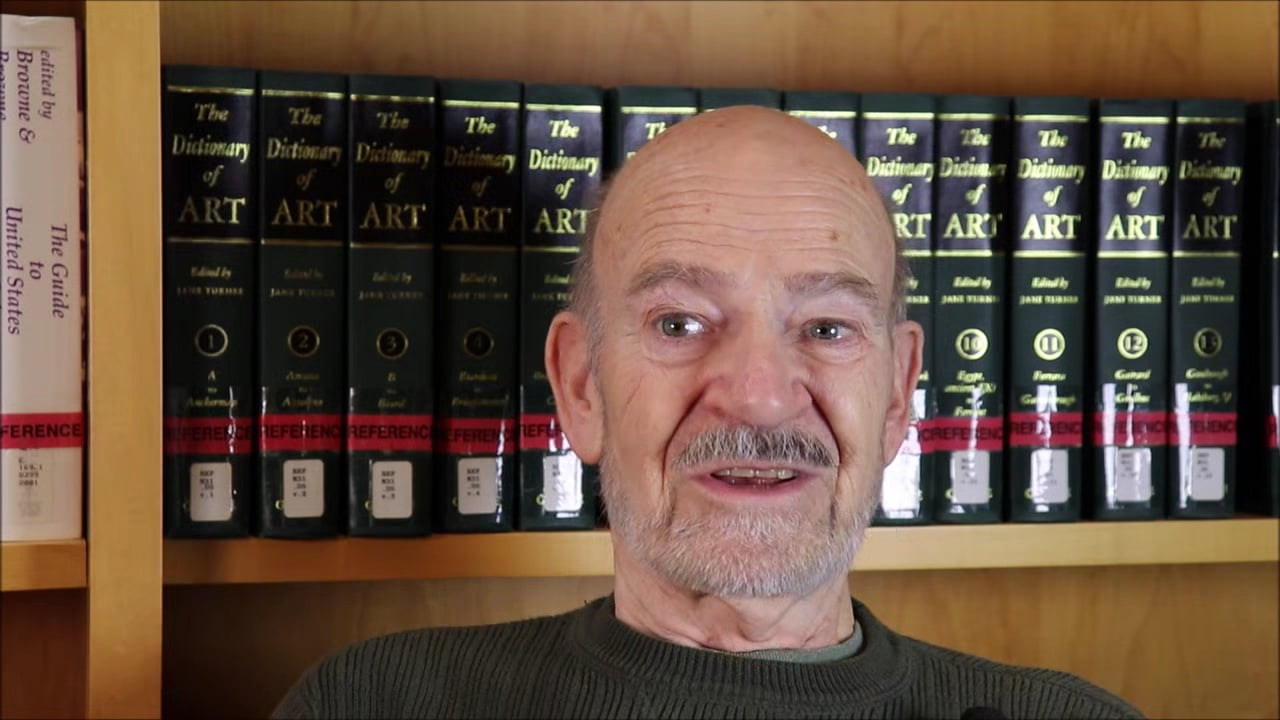

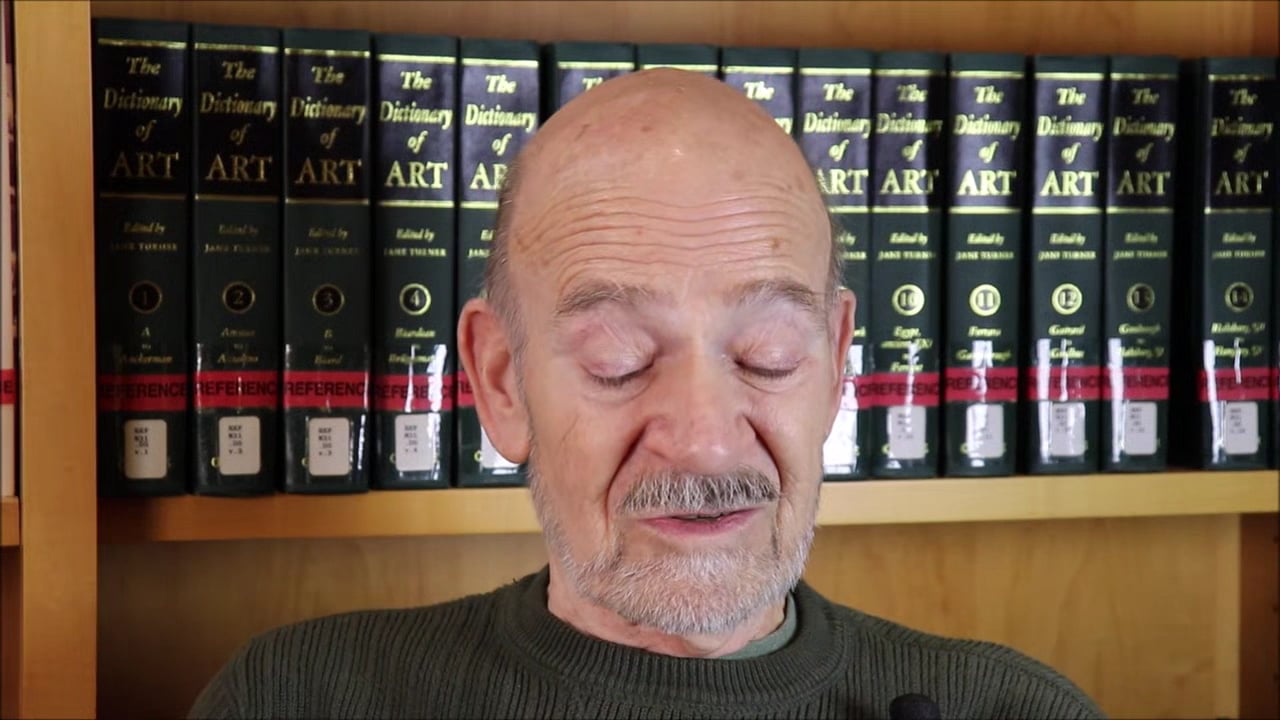
Mark Peiser describes how his background in science and engineering eventually led to his interest in glass.
2:01 Transcript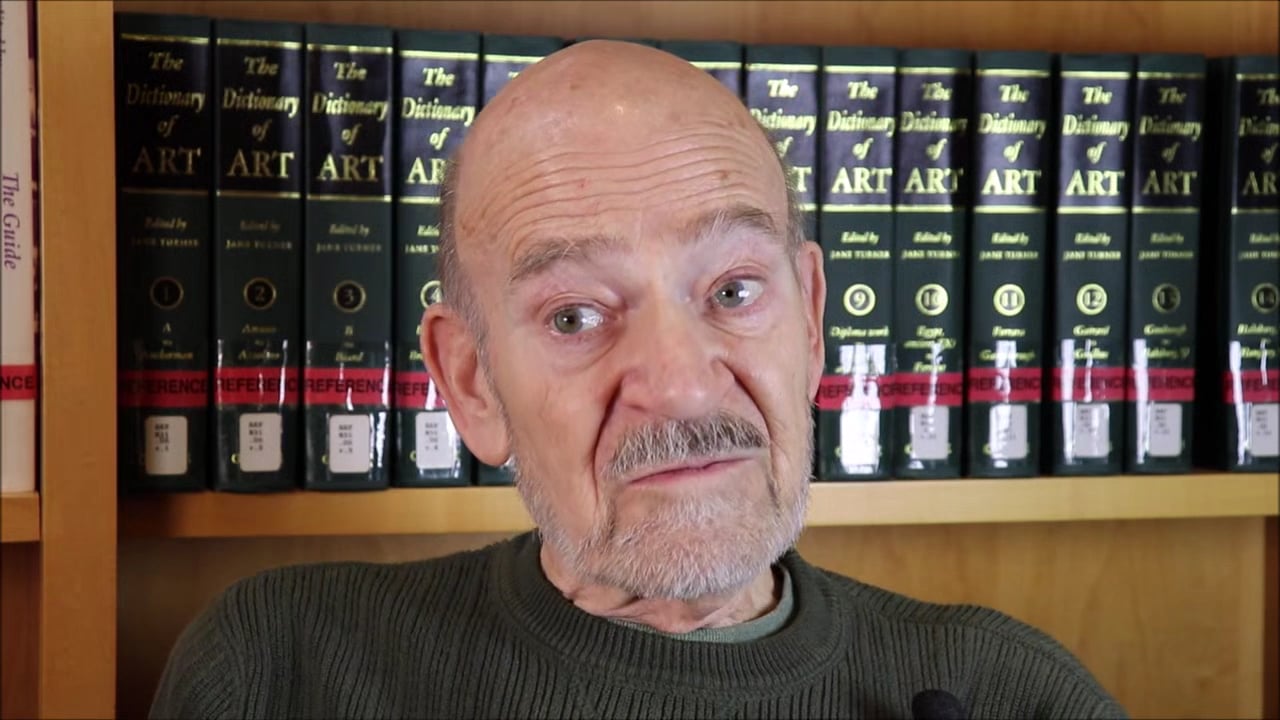

Mark Peiser discusses Dudley Giberson’s contributions to studio glass through his equipment developments and inventions.
01:32 TranscriptMark Peiser relays a story about a piece he made with Dale Brownscombe in a 1979 interview with Paul Hollister.
01:42 TranscriptBibliography
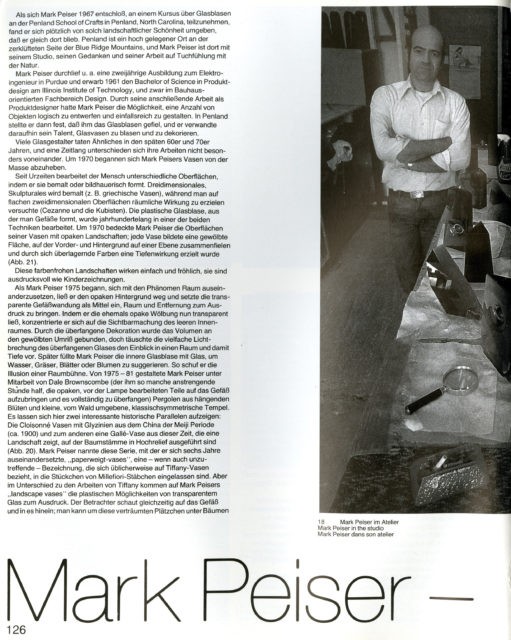
“Mark Peiser—Durchdringung des Innenraumes / Exploration of Inner Space.” Neues Glas, no. 3 (1984): 126–33.